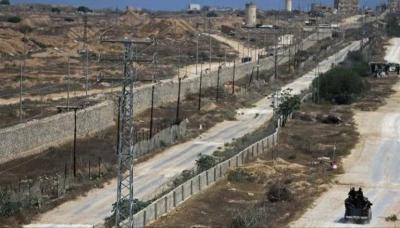The name "Philadelphia Axis" has been mentioned multiple times in Israel over the past two days. The most recent instance was during a statement by Israeli Prime Minister Benjamin Netanyahu last night. Reports indicate that Netanyahu proposed in a cabinet meeting a plan to construct an underground wall along the Salah al-Din Axis, also known as the "Philadelphia Axis," similar to the wall that was built along the Gaza border. The information suggests that this wall, still under consideration, could reach depths of several meters and span 14 kilometers.
The Israeli Prime Minister, facing international and internal pressures due to the ongoing war in Gaza, hinted last Saturday at the possibility of reoccupying and controlling that area, which sparked Egyptian condemnation. The Philadelphia Axis, also referred to as the Salah al-Din Axis, runs along the border between Gaza and Egypt, within a buffer zone established by the Camp David peace agreement signed between the two sides in 1979. This axis is 14 kilometers long.
The agreement allowed Israel and Egypt to deploy limited numbers and types of troops and weapons along this axis to prevent smuggling and infiltration. It also permitted an Israeli presence within this buffer strip, classified as Area D, with a limited military force comprising four infantry battalions, field fortifications, and UN observers, with no presence of tanks, artillery, or missiles except for individual "surface-to-air" missiles.
Israeli forces controlled Area D, including the Salah al-Din or Philadelphia Axis, until their withdrawal from the Gaza Strip in 2005. To arrange an Egyptian presence for border guard forces, a new agreement was signed at that time, known as the "Philadelphia Agreement," which aligned with the "Crossings Agreement between Israel and the Palestinian Authority" signed in the same year.




